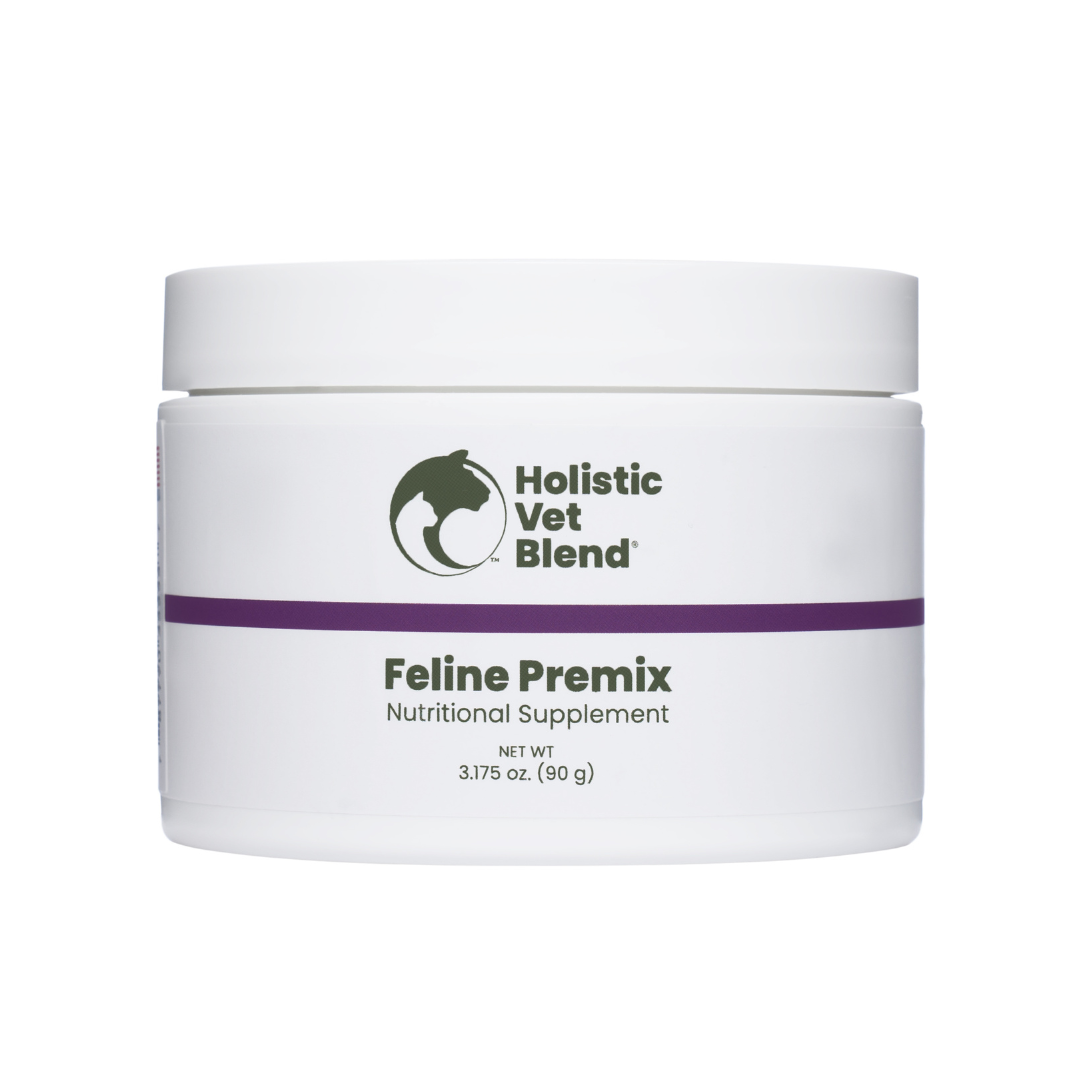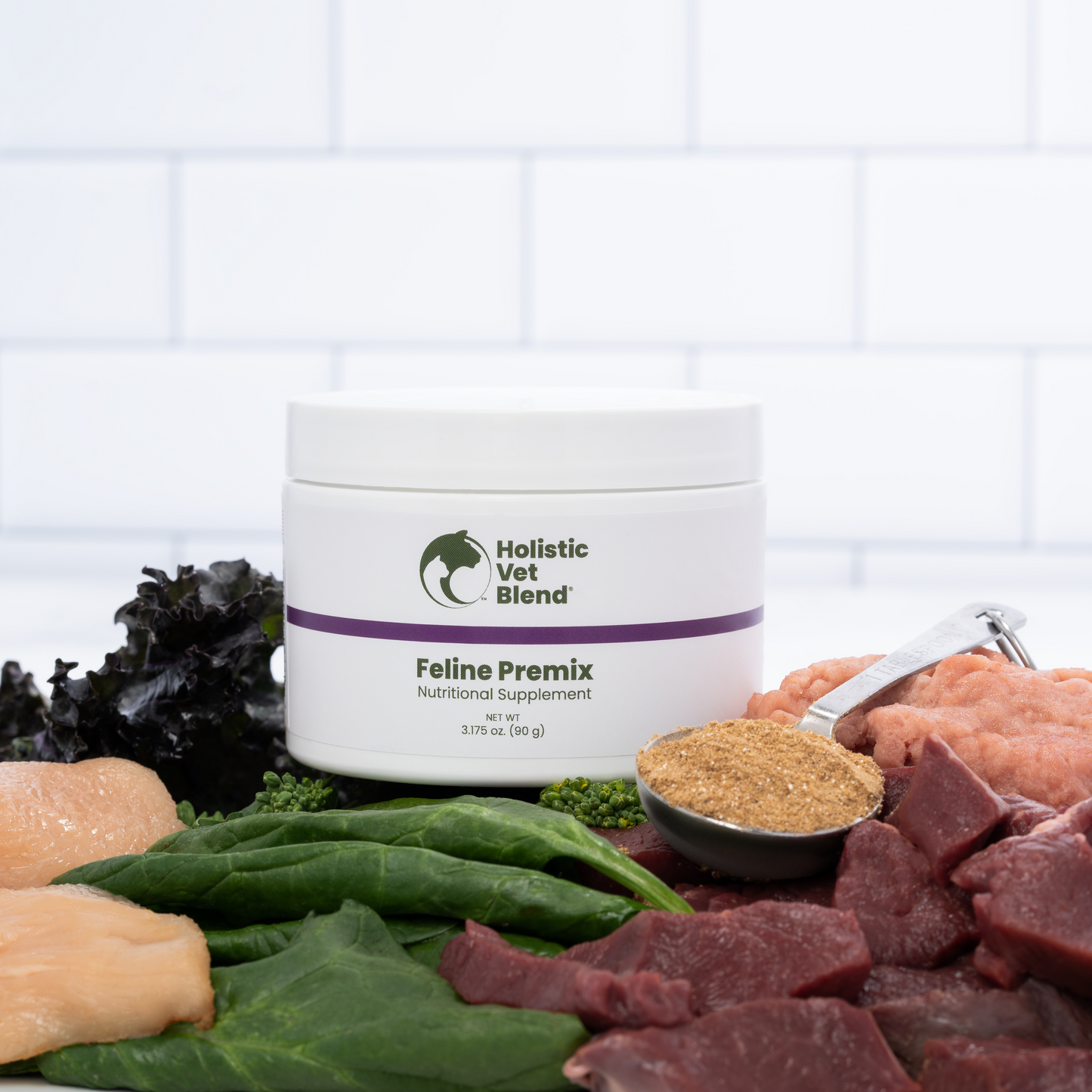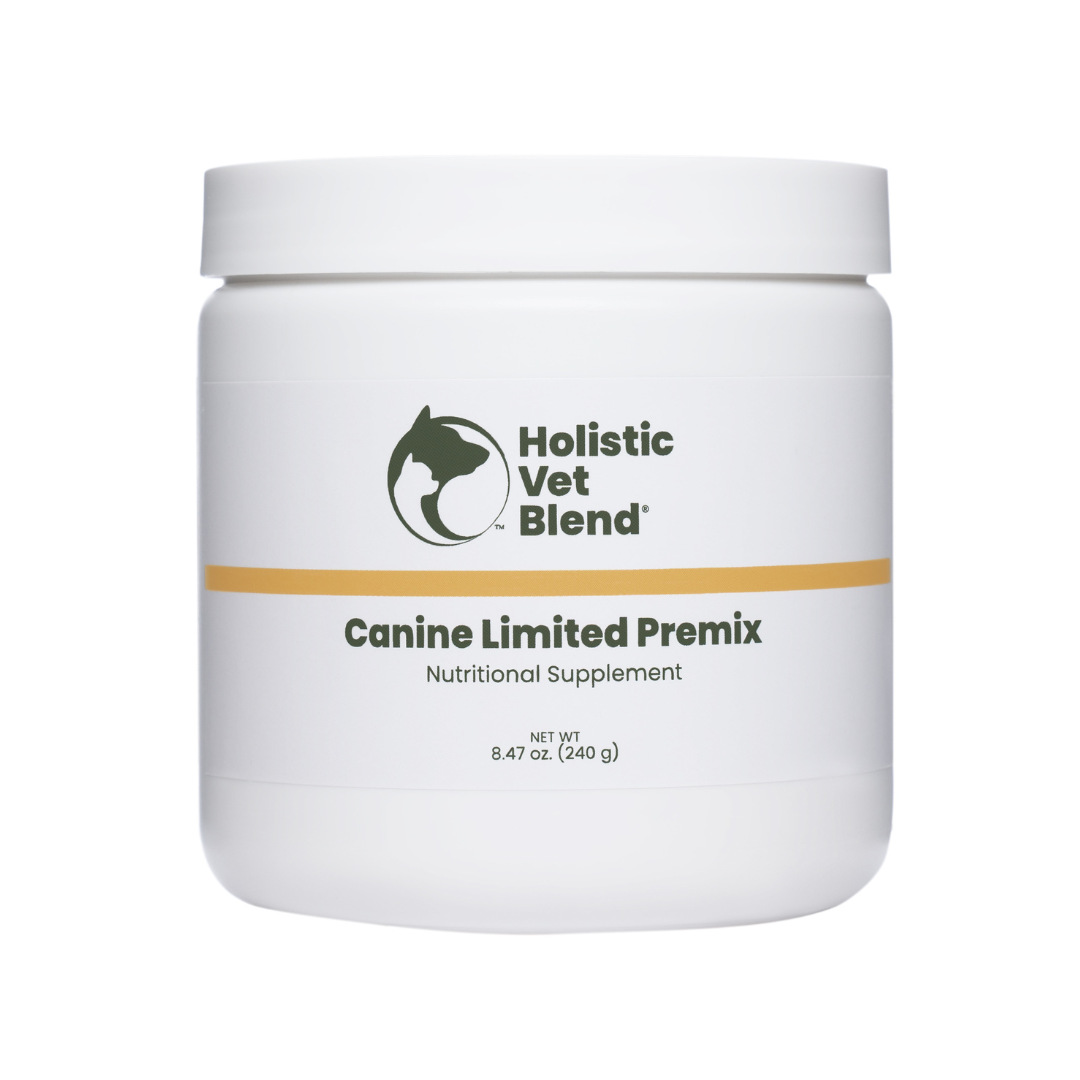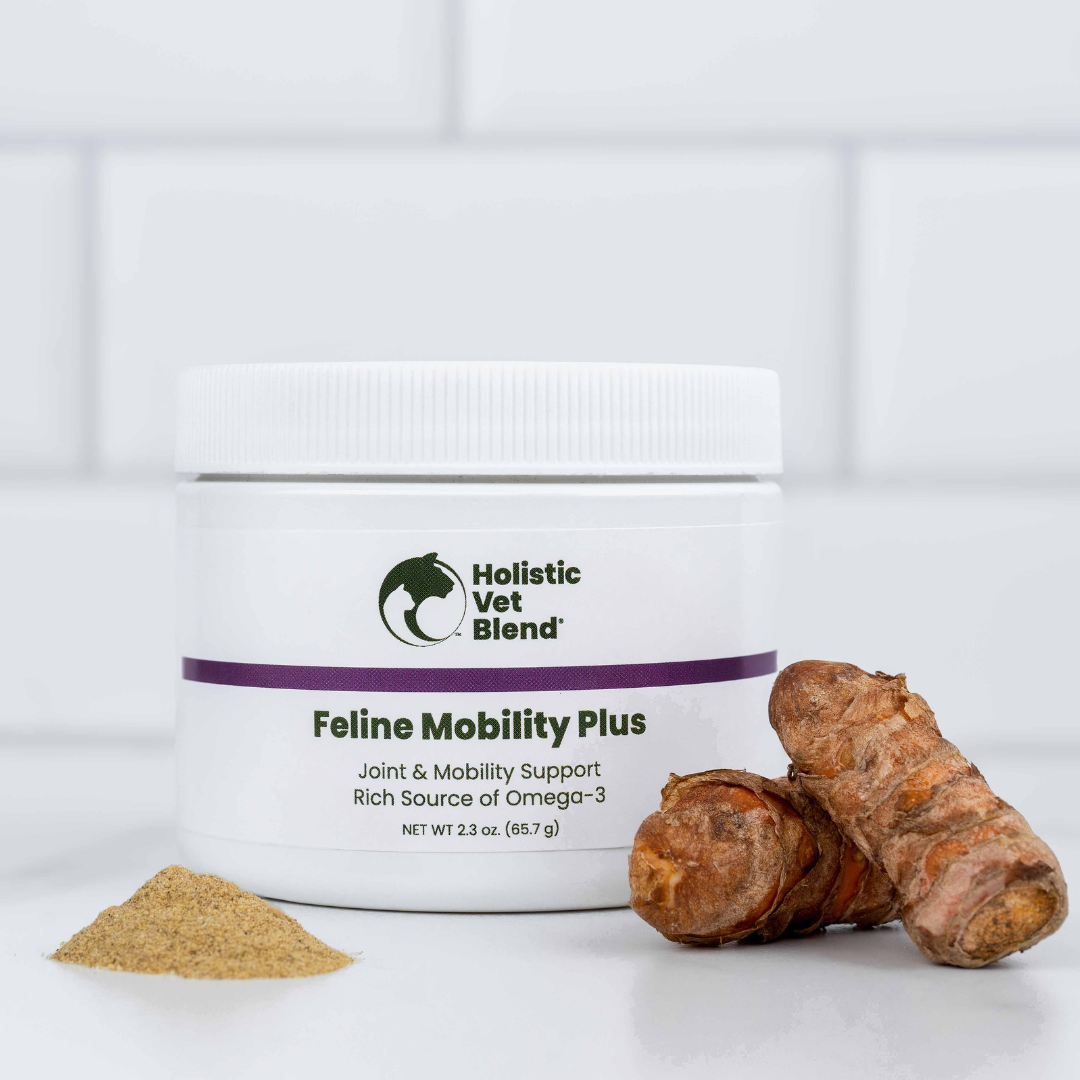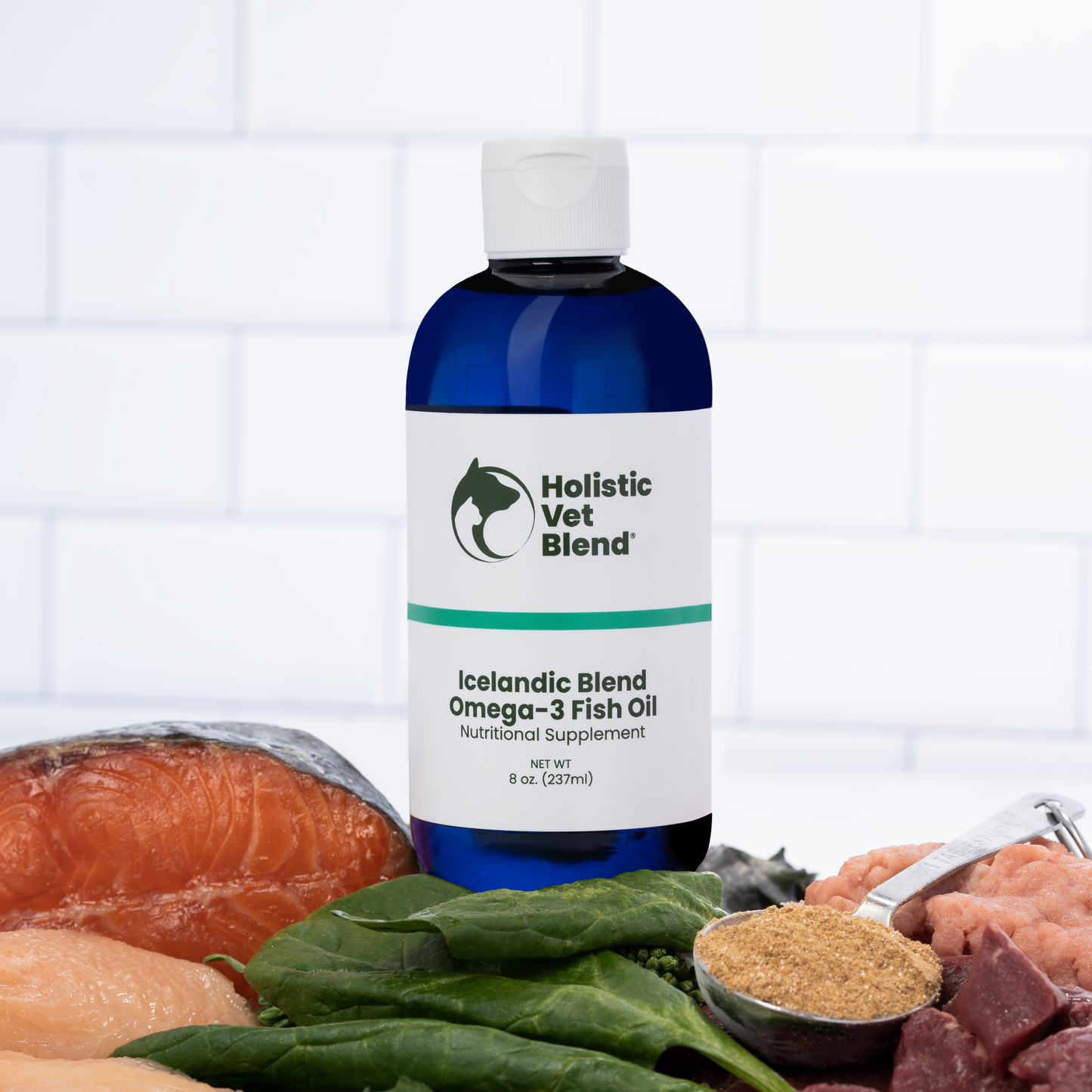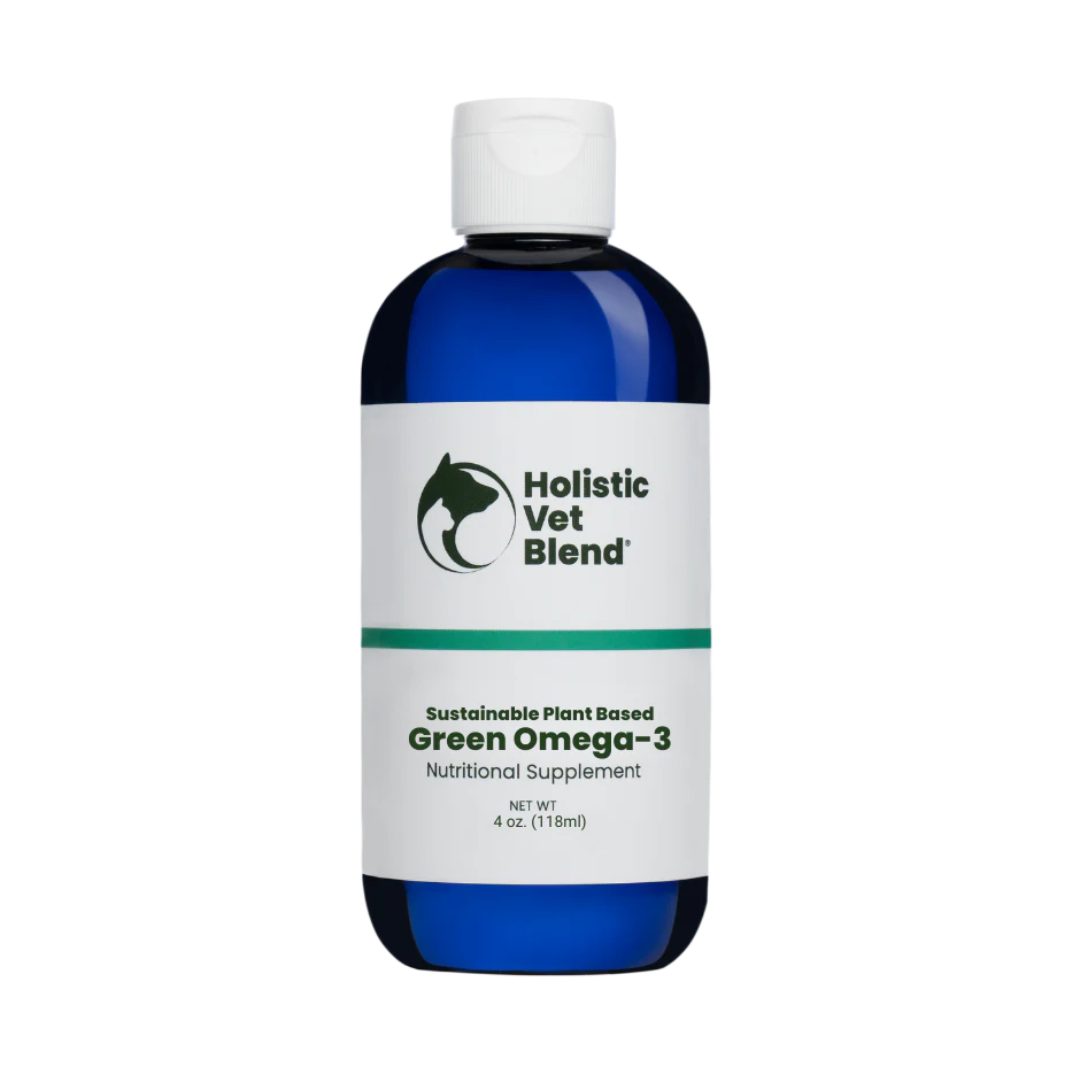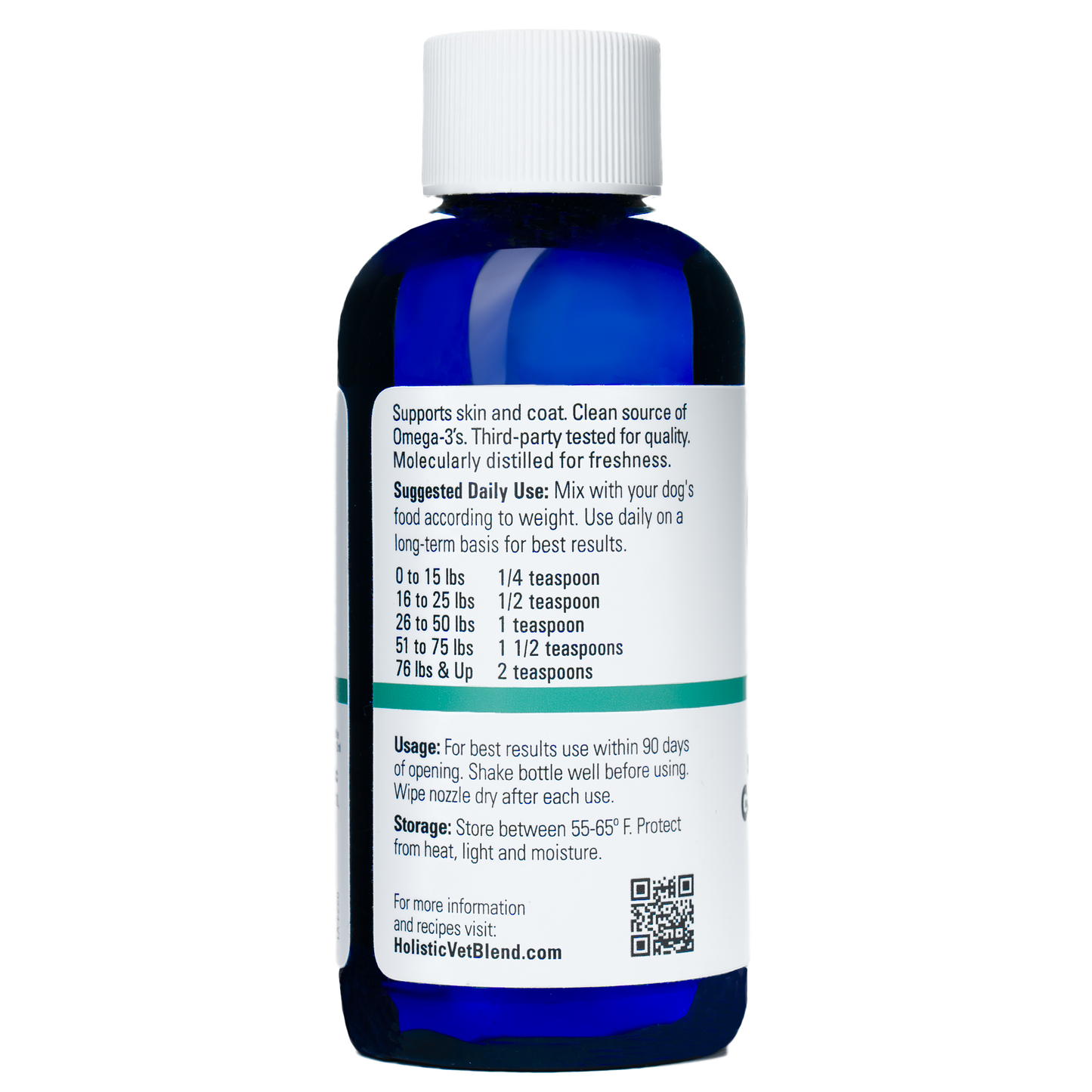
Veterinarians nationwide are reporting an increasing number of dogs affected by upper respiratory infections. Since there are no official reporting agency cases, there is disagreement and confusion over whether there is a new pathogen, an increase in the usual pathogens, or coinfections.
What we do know is that there is a lot of coverage on television and social media. The veterinary insurance carrier Trupanion has reported a 60% increase in claims for canine upper respiratory infections (1). So clearly, more people are taking their dogs to veterinary clinics for care, and now we just have to figure out what the culprit is.
What states have the largest number of cases?
States reporting clusters of cases include Oregon, Colorado, New Hampshire, and Florida. Reports in California, including the San Fernando Valley, Malibu, Pacific Palisades, and El Segundo, have been linked to boarding and daycare facilities. These dogs were tested with a Canine Respiratory PCR panel, avian influenza virus, and the SARS-COV-2 viral infection, and the tests were negative.
Cases reported in Oregon and Colorado were linked to dogs that frequent dog parks, daycares, and boarding facilities. Coughing and other clinical signs lasted for several weeks. In some cases, dogs developed pneumonia and died despite hospitalization and antibiotics.
Cases reported in Quebec, Canada, are also on the rise.
What is most concerning about this recent outbreak of respiratory infection in dogs?
Dogs are coughing for 6-8 weeks which is longer than the typical respiratory infections dogs experience.
Most concerning is that a number of dogs have developed an acute onset of a severe respiratory illness and developed pneumonia. Veterinarians across the country are especially concerned as it appears to move fast, progressing to pneumonia that does not respond to antibiotics typically used for pneumonia.
A New Syndrome Called Atypical Canine Infectious Respiratory Disease: a CIRD. How is it diagnosed?

- A canine respiratory PCR test is negative...plus one of the following
- Chronic mild to moderate tracheobronchitis, dogs recover 6-8 weeks or longer with no or minimal response to antibiotics
- Chronic pneumonia that is not responsive to antibiotics (or minimally responsive)
- Acute pneumonia that rapidly becomes severe and can progress to death in 1-3 days
What are the symptoms of this current respiratory infection?
Dogs infected may have some but not always all of the following symptoms:
- Cough that lasts for 6-8 weeks in some cases
- Cough that progresses rapidly to pneumonia
- Difficulty breathing
- Sneezing
- Nasal and ocular discharge
- Lethargy
- Pale gums
- Fever

What is being done to find the cause, and how can you help?
The Kansas State Veterinary Diagnostic Lab is taking submissions from potentially infected dogs. The submission form can be accessed via the following link: Canine Submission Form
The second page has a place designated “Other tests not listed.” You can write in 'MDL-0202' Mysterious Respiratory Canine Disease.
Your veterinarian can submit 3 swab samples with enough saline to cover the swab fully. Swabs must have a plastic shaft and a nylon tip (no wood or cotton) and be sent on ice or a cold pack so it will stay cold during transit. You can order a discounted shipping label from the Kansas State VDL website under “Testing” then “How to submit samples” UPS Label Generation Form
The turnaround time for this test is 2-4 weeks. The lab will try to get results as soon as they can, depending on the quantity of samples received for this test.
The report from KSVDL identifies the organism(s) found in the sample, but they may not necessarily be the cause of the illness. A Culture and Sensitivity AND a Canine Respiratory Panel must be done as well.
Gene sequencing will be free until December 31, 2023. In order to submit samples for analysis, additional tests are required for diagnosis. The respiratory profile and cultures would be charged for. Hopefully, enough samples will be submitted to help find the causative agent.
Is there a weird new mystery bug?
The New Hampshire Veterinary Diagnostic Laboratory reported a potential bug called IOLA KY405 that is related to mycoplasma. This has been found in some dogs that were tested in New Hampshire. This bacteria can be found in normal dogs, and it is not known if these are actually the cause of death(3).
Doxycycline usually works for mycoplasma, and this is the medication most likely used for respiratory illnesses. More work must be done to find if this is real, but not a bad idea to go home with a prescription of doxycycline.
We need to use good antibiotic stewardship and not give every coughing dog an antibiotic or we will be creating even worse resistance than we already have.
In the cases of pneumonia, a different antibiotic group may be chosen. Your veterinarian will choose based on the complete picture, versus cookbook treatment of all pet dogs.
What can I do to keep my dog safe?
Many of the recommendations to keep your dog safe are ones we do ourselves when we are sick:
- Avoid daycare, boarding facilities, grooming facilities, and dog parks
- Consider a mobile groomer to decrease exposure to other dogs
- Avoid dogs that frequent dog parks, daycare, etc. as they could expose your dog
- Avoid potentially contaminated objects such as communal dog bowls
- Disinfect dog bowls and areas exposed to a sick dog with a dilute bleach solution
- Isolate your sick dog at home for one month beyond the onset of symptoms. Pets needing hospitalization will be isolated in the hospital until discharged and should continue to quarantine.
- Dogs exposed to the virus should quarantine at home for 14 days.
- Report cases to your local animal health diagnostic center

What are the clinical signs of canine influenza? Should I get my dog vaccinated?
Because many of the causes of canine respiratory infection occur in combination with outbreaks, at the very least, you should consider protecting your vulnerable dog with the Bordetella and parainfluenza vaccines. Consider the Canine influenza vaccine, mainly if your dog frequents dog shows, dog parks, or boarding and grooming facilities. There are issues with access to the canine influenza virus vaccine at this time.
Discuss your dog's risk factors with your veterinarian and how you could potentially access the vaccine.
Who is most vulnerable to pneumonia? What are risk factors?

You should be especially vigilant with dogs that would be considered to be vulnerable due to immune system compromise or anatomical breathing compromise.
- Brachycephalic dogs: French Bulldogs, English Bulldogs
- Dogs with compromised airways: collapsing trachea, laryngeal paralysis
- Seniors and the puppies
- Dogs with immune suppression or on immune suppressive drugs or chemotherapy
- Dogs with chronic disease or cancer
How do respiratory infections and canine influenza viruses spread?

Canine flu is thought to spread to dogs primarily by aerosolized respiratory drops produced when dogs cough or sneeze or by touching touch noses, contaminated surfaces, or drinking from communal water bowls.
How are respiratory and canine influenza viruses diagnosed?
A diagnosis of a CIRD is based on excluding known respiratory pathogens. A DNA test called a PCR is done to and, in some cases, respiratory tract cultures. A swab is taken from the respiratory secretions of the mucus membranes and submitted for analysis. The infections ruled out include:
- bacterial infections: Mycoplasma, Bordetella
- Canine parainfluenza virus
- Canine distemper virus (CDV)
- Influenza A
- Canine adenovirus
More can be learned about the different respiratory infections in this review article (2). Testing can be submitted to the Kansas State Veterinary Diagnostic Lab for gene sequencing to help determine the cause. The testing at this time is free until December 31, 2023, but a respiratory panel and aerobic culture must be done to rule out the infections commonly observed above. A link to the form for your veterinarian to submit is here (3).

What are the signs of canine influenza in dogs?
H3N2 and H3N8 canine influenza virus are two subtypes of the highly infectious canine influenza A virus. At this time, the vaccine for canine influenza virus is not readily available at most veterinary clinics.
Signs of canine influenza virus include a mild form with mild to no clinical signs of illness cough and sneezing, lethargy, decreased appetite, and fever. There may be discharge from the eyes and nose.
Pneumonia can occur in some dogs if they develop secondary bacterial infections. This is a minority of cases. The fatality rate is less than 1-2 percent. We don't know enough about this current Atypical CIRD to know what the fatality rate is.
What are the benefits and risks of the canine influenza vaccine?
Vaccinations should be used depending on your pet's lifestyle. Indoor dogs with little exposure can face lower risks than show dogs traveling to dog shows or high-risk areas and situations.
What can I do to care for my dog with a CIRD or canine influenza?
Your veterinarian will recommend a specific treatment based on your dog's unique circumstances. While you wait to hear back from your veterinarian, you do not want to suppress a cough in the case of pneumonia. Leave it to your veterinarian to recommend the best course of action in this case.
Immediately isolate your dog from other dogs. Exposed dogs not showing clinical signs should be isolated for 14 days, and sick dogs showing signs should be isolated for 30 days.
Should you give your dog antibiotics for this infection? Doxycycline is a first-line drug for respiratory illness. However, antibiotics will not work in the case of viral infections. There is a report of one dog (on Facebook) being treated with chloramphenicol with success, but we do not know if the dog would have otherwise responded without it. Chloramphenicol is a toxic antibiotic that must be handled with gloves by those administering it. Clearly, we need to know more before reaching for these drugs that can be problematic.

Can canine influenza or a CIRD virus infect people or cats?
At this time, there is no evidence that a CIRD affects people, cats, or other animals. It's not a bad idea to wash your hands and minimize contact with your sick dog. At this time, there is no evidence that the infection can affect people, but viruses and bacterial infections are known to cross species and mutate.
When should I see my veterinarian?

Do not delay reaching out to your veterinarian if you are in an area that is experiencing an outbreak as to the next steps at first signs of illness, as there is currently difficulty getting access to care in veterinary medicine.
Due to heightened concern at this time, and difficult access to care, check in with your veterinarian rather than wait:
- if your dog develops a cough
- your dog is lethargic
- has decreased appetite
- and especially if it has risk factors (seniors, brachycephalic dogs, respiratory or immune compromised).
Veterinary care is indicated if signs progress and the dog exhibits lethargy, decreased appetite, fever, uncontrollable cough, or difficulty breathing.
Your veterinarian may opt to see your dog in an isolated area or outside, so be sure to call from the parking log when you arrive for your appointment.
After examining your pet, your veterinarian may do PCR testing and chest radiographs to determine net steps. Some pets will require hospitalization for fluids, oxygen therapy, and medication to control the cough and potentially secondary bacterial infections.

Veterinary care should be sought if there are any signs of moderate to severe disease (e.g., difficulty breathing, uncontrollable coughing, severe lethargy, or anorexia). Canine flu is very contagious, so clinics might request that you come in through a separate entrance. Dogs with severe disease can require hospitalization with oxygen and fluid therapy and testing such as chest radiographs (X-rays) to determine whether pneumonia is present.
While the atypical Canine Infectious Respiratory Disease (aCIRD) is under investigation, it is important for dog owners to be vigilant. Take preventive measures such as avoiding kennels and communal situations and isolating exposed and potentially infected dogs.
As we go into the busy holiday season, where many board their dogs, ensuring they are safe is essential. Consider having your pet cared for in your home versus a potentially risky boarding situation, or have a mobile groomer come to your home instead of dropping your dog off to limit exposure.
The most important thing to do is to consider your dog's risk factors and discuss the risks and benefits of vaccination with your veterinarian. Stay updated with the latest information.
References:
(1)K9illness.trupanion.com
(2)Reagan KL, Sykes JE. Canine Infectious Respiratory Disease. Vet Clin North Am Small Anim Pract. 2020 Mar;50(2):405-418. doi: 10.1016/j.cvsm.2019.10.009. Epub 2019 Dec 5. PMID: 31813556; PMCID: PMC7132485.
(3)https://ksvdl.org/testing/submission-forms/Canine_Submission_Form_091622.pdf

